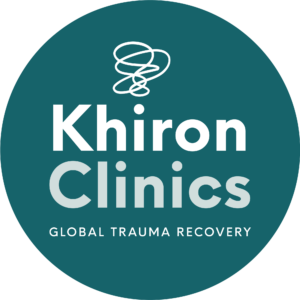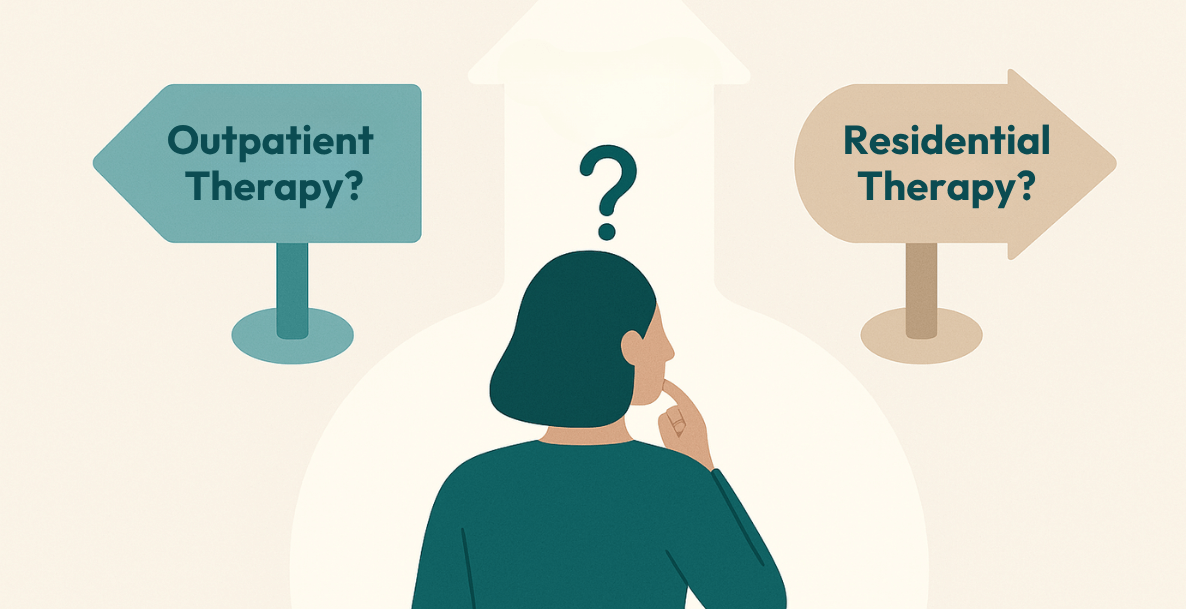Social media is often inescapable for young people in today’s society. Every day, more and more people create accounts on networking sites such as TikTok and Instagram, especially young people under eighteen.
Young people often rely on social media to communicate with friends and curate content, but excessive use has many downsides.
The Negative Impact of Social Media
Social media is often lauded as a way to enhance connection and find a community; however, there are many negative consequences that young people can encounter and many dangers they can face.
A report from children’s charity Barnados surveyed practitioners across the UK about children’s experience on social media. It found that 79% reported that the children they worked with experienced cyberbullying that impacted their mental health, and 78% stated that children aged 11-15 had accessed harmful content online.[1]
There is a connection between social media use and elevated levels of anxiety and depression. One in eight young people struggle with a mental health condition, and this number is rising as more young people than ever are using social media platforms.
Social media has also been studied for its effects on sleep. The blue light emitted by electronic screens disrupts the natural circadian rhythm and stimulates parts of the brain that make people feel alert.[2] Young people who check their phones regularly for messages or because of FOMO (the fear of missing out) can struggle to wind down and get enough sleep, especially when they have an early start for school. Teenagers need eight to ten hours of sleep per night. Not getting enough sleep can lead to difficulties in school, and they may struggle with increased feelings of anxiety and depression.
Social media sites often use an algorithm to identify which posts people interact with most. These algorithms then curate users’ experiences, pushing content they are more likely to interact with onto their feeds. In some cases, this is not a positive thing – for example, the more a person interacts with explicit content, the more they will see it. Many platforms, including Facebook, Instagram, and TikTok, have been criticised for their algorithms and the content pushed to young people using their apps, including harmful content relating to suicide and depression. Lawmakers in the UK and worldwide are urging companies to take more serious action on how their sites work.
Social Media and Trauma
Adverse childhood experiences (ACEs) are potentially traumatic events that occur before the age of eighteen and include scenarios such as:
- Physical or emotional abuse
- Growing up in a household with substance use or mental health problems
- Having a family member die by suicide
Young adults who experience more ACEs are more likely to struggle with trauma both as children and adults. As childhood and adolescence are critical stages of life, the impact of social media can be profound and, in some cases, traumatic. One study found that young people exposed to explicit content, cyberbullying, and sexual solicitations exhibited symptoms of post-traumatic stress disorder (PTSD).[3]
Young people are at risk of experiencing many harmful things online, such as:
- Cyberbullying
- Harmful content that depicts suicide, self-harm, and other behaviours
- Exploitation
Children aged 5-15 spend an average of five hours a day on social media and this can significantly impact their mental health. Sites like Instagram, Facebook, and TikTok provide plenty of opportunities for young people to compare themselves to airbrushed and photoshopped images that portray perfection, leading to unfavourable comparisons.
Curating Social Media
While social media can harm young adults, it can be a more positive force. Curating a more uplifting social media feed can reduce young people’s exposure to negative or harmful content and contribute to better mental health and a more positive outlook. Here are some steps that young people can take to build a better social media feed:
- Unfollow accounts that are annoying, upsetting, or take up a lot of time
- Set healthy limits for time online
- Find accounts and communities relating to various interests and hobbies
- Follow people and accounts that post positive content and share positive messages
- Find apps and accounts that promote relaxation, such as meditation apps like Calm or Headspace
- Report harmful or abusive content to the channel
- Block accounts that comment or message harmful content
- Take a break if social media is becoming overwhelming or upsetting
- Keep phones out of the bedroom at night
- Avoid social media first thing in the morning
Social media can have some really positive aspects, such as allowing young people to access resources and information about many different topics. It can also help teens connect with one another easily, strengthen social bonds, and provide a space for people to hone and practice new skills.
There is also a huge conversation around mental health amongst young people on social media platforms like TikTok. The mental health hashtag has over 32.2bn views, and more people are opening up about their experiences and sharing tips on how others can cope.
It cannot be denied that social media can be a dangerous place, especially for young people. Constantly seeing a stream of negative content can contribute to symptoms of anxiety and depression, and the light from screens can even interrupt much-needed sleep for teens. Although it is not likely that young adults will give up social media, reducing time spent on it and curating a more positive feed can make social media a more positive force.
If you have a client or know of someone struggling with trauma, reach out to us at Khiron Clinics. We believe that we can improve therapeutic outcomes and avoid misdiagnosis by providing an effective residential programme and outpatient therapies addressing underlying psychological trauma. Allow us to help you find the path to realistic, long-lasting recovery. For more information, call us today. UK: 020 3811 2575 (24 hours). USA: (866) 801 6184 (24 hours).
Sources:
[1] https://www.barnardos.org.uk/sites/default/files/uploads/B51140%2020886_Social%20media_Report_Final_Lo%20Res.pdf
[2] Vandewalle G, Maquet P, Dijk DJ. Light as a modulator of cognitive brain function. Trends Cogn Sci. 2009 Oct;13(10):429-38. doi: 10.1016/j.tics.2009.07.004. Epub 2009 Sep 12. PMID: 19748817.
[3] McHugh, B.C., Wisniewski, P., Rosson, M.B. and Carroll, J.M. (2018), “When social media traumatizes teens: The roles of online risk exposure, coping, and post-traumatic stress”, Internet Research, Vol. 28 No. 5, pp. 1169-1188. https://doi.org/10.1108/IntR-02-2017-0077






